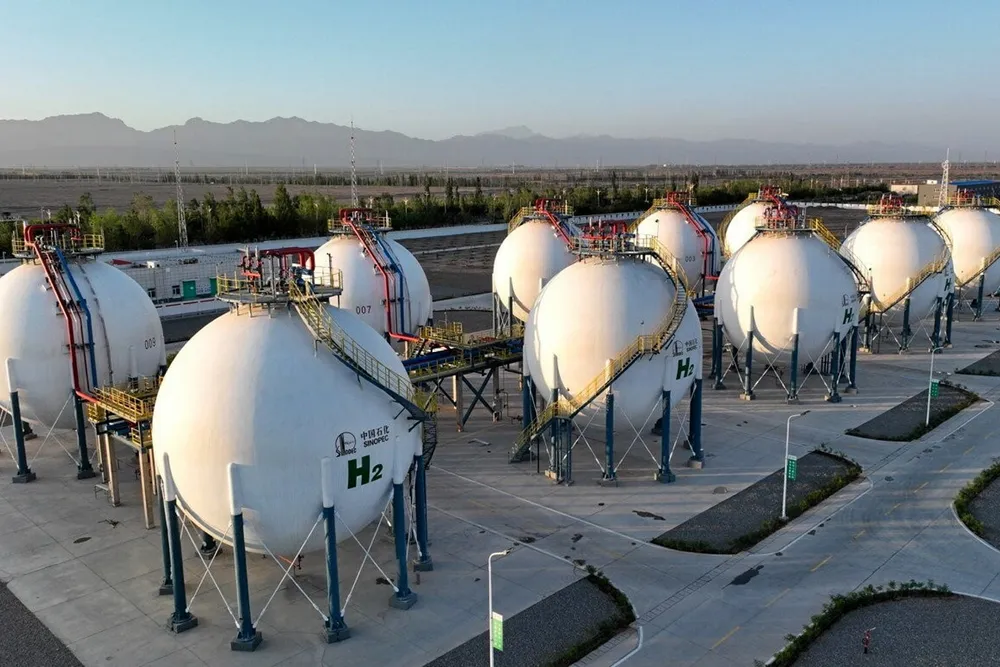Problems at world’s largest existing green hydrogen project will not be solved until late 2025, Sinopec admits
Chinese oil giant suggests that the electrolysers at the 260MW Kuqa facility in northwest China are only operating at about 20% of capacity
